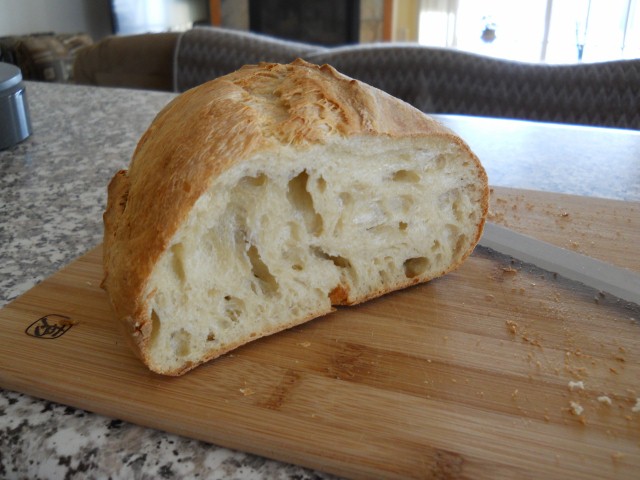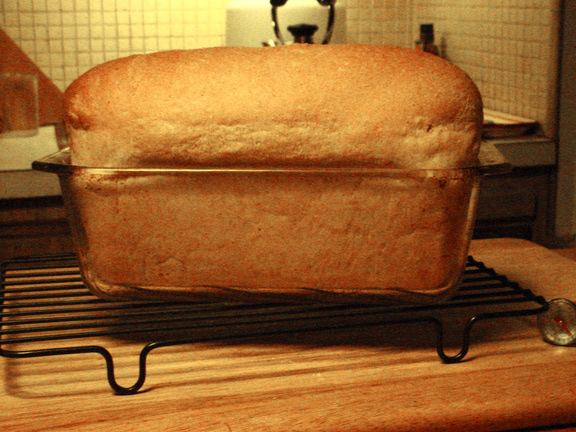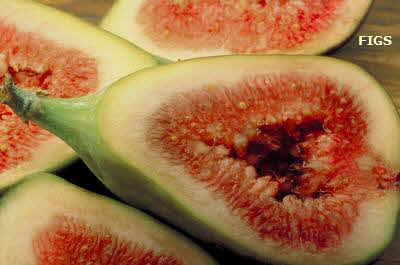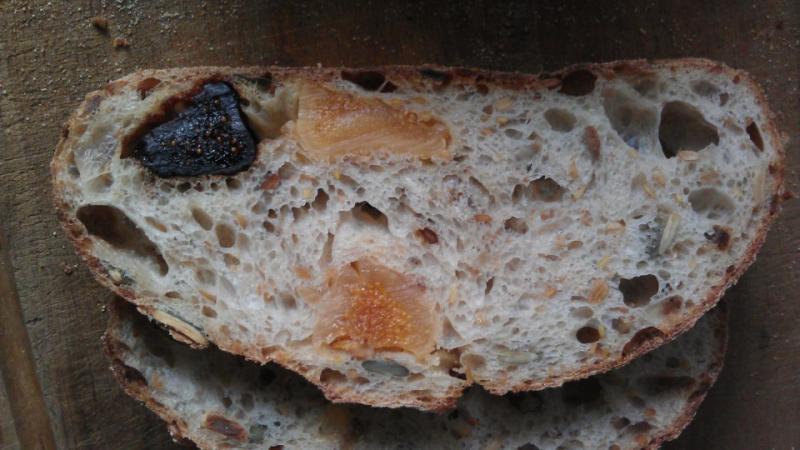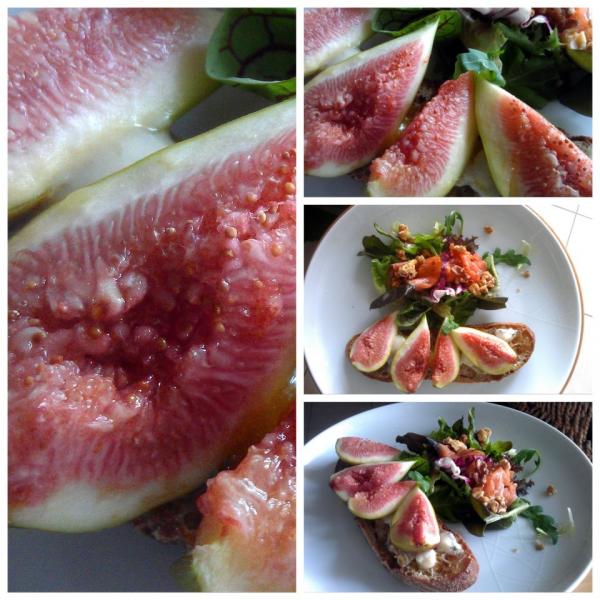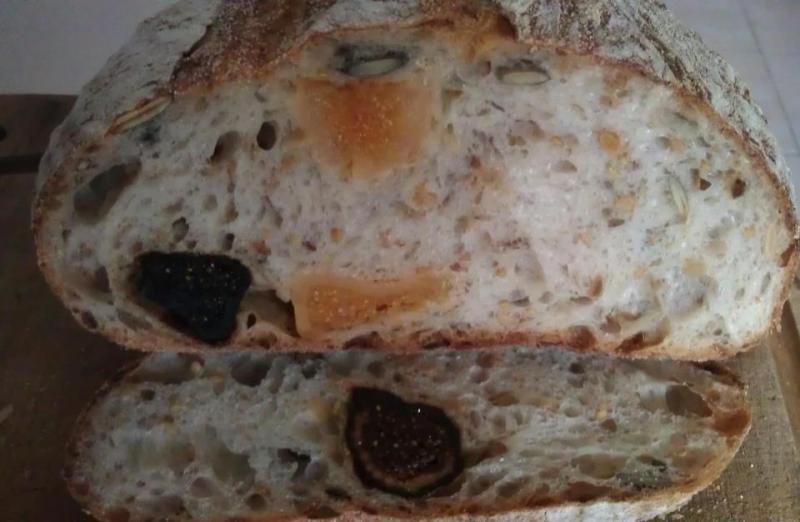
Whoo Hoo! It worked!!
I have been reading up about starters, decided to jump in and find out what it is all about. I tried doing the 1 Tb. water & flour deal that was on a recent thread but did not have very good luck that way. Then I read about the pineapple juice starter, so I started up two, one with AP flour and one with WW flour, only I used orange juice instead of pineapple juice.
My starters finally started doubling up after about 11 days, so two days ago I built up the AP for a bake. I used the 1-2-3 method of determining my starter/water/flour ratios for the bread, and shocking! it worked!!
The dough was quite a bit different from what I had been making using a poolish, and I did put it in the frig for about 3 hours after I mixed the dough up. I then let it warm up and raise at room temperature, doing S&F's along the way. One of the first things I noticed was that everyone is right, it takes ALOT longer to rise than a dough with commercial yeast. It finally doubled up and I shaped it and let it raise in a banneton for about 1 -1/2 hours, then slashed and popped into my oven. The loaf was really ugly coming out of the oven as I still have shaping issues and it seemed that one of my slashes caught up with my seam and blew the side of the loaf out. Ugly or not, it is tasty! The bread has a mild but better flavor than my poolish breads. I thought that the poolish breads have been good, but this has been the best tasting bread, hands down! I do not quite understand how it can be flavorful and mild at the same time, but there you have it - yummy! The crumb is very open, a little chewy and the crust has a nice chew to it also. I did not steam, I am tired of getting burned, so I wet the loaf down with my hands before popping it onto the stone. Its ugly, but its good. I feel like one of those old V-8 juice commercials and that I should smack my head and wonder why I did not try a starter sooner!